8 books for teaching Algorithms to children
There is now a range of books both fiction and non fiction that teach about algorithms and coding concepts. These books can be used individually or in series.
Paul is an Australian author that has published a sweet story with Australian bush animals. Each page of the story introduces a coding concept. The back of the book has a brief definition of the concept and how it links to the story. This style of book is useful for teachers wanting to learn more about coding concepts and gives key terms that can be researched to find project ideas and further information. The concepts included in the story include:
This book would be suitable as a story for young children or to introduce coding concepts in primary years.
According to the website the book can be purchased from Amazon.
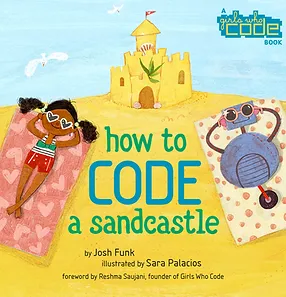 This story about Pearl and her robot Pascal when they go to the beach. It has engaging pictures and once again is a simple way to introduce algorithms and vocabulary. The story introduces the idea of being specific so a robot can follow the instructions and uses narrative to teach about sequencing concepts, loops, and repeats. Loops and Repeats are often referred to as "repetition".
This story about Pearl and her robot Pascal when they go to the beach. It has engaging pictures and once again is a simple way to introduce algorithms and vocabulary. The story introduces the idea of being specific so a robot can follow the instructions and uses narrative to teach about sequencing concepts, loops, and repeats. Loops and Repeats are often referred to as "repetition".
This book could be used to introduce algorithms in the early years or to demonstrate to lower primary how loops and repeats might work. Offline activities for these concepts might include writing procedures that include repeated steps, or introducing a simple coding environment such as those found at http://kodeklubbers.weebly.com
 Josh Funk's latest book extends on the concepts covered in the title above. How to code a rollercoaster introduces if-then-else statements and variables. If-then-else statements are decision statements and are also referred to as "branching" in the curriculum. This book introduces concepts that meet the curriculum requirements of the primary years.
Josh Funk's latest book extends on the concepts covered in the title above. How to code a rollercoaster introduces if-then-else statements and variables. If-then-else statements are decision statements and are also referred to as "branching" in the curriculum. This book introduces concepts that meet the curriculum requirements of the primary years.
This story could be used to introduce how to create a counter in a coded game and use decisions. Offline activities for these concepts might include writing flow charts that include decisions, or introducing a simple coding environment such as those found at http://kodeklubbers.weebly.com
This book is a basic guide that contains a definition of terms. It is written for children but would also serve a simple teacher resource for locating quick definitions of key words used with coding and digital technologies. When learning about a new topic it is easier to find projects if you have the key words to use in a search for activities and resources.
This book is one of a series and can be purchased from your favourite bookshop or online.
 The DK series Computer Coding has recently been updated to include images of Scratch 3.0 These books are easy to follow and have project ideas that teach concepts using a hands on approach. These books are available at your favourite bookstore on line. Computer Coding: Games and Computer Coding: Projects have projects suitable for primary students. Computer Coding: for kids has a range of more complex concepts and introduces binary and text based coding. This would be more suitable for teachers wanting to extend their own skills or lower secondary teachers.
The DK series Computer Coding has recently been updated to include images of Scratch 3.0 These books are easy to follow and have project ideas that teach concepts using a hands on approach. These books are available at your favourite bookstore on line. Computer Coding: Games and Computer Coding: Projects have projects suitable for primary students. Computer Coding: for kids has a range of more complex concepts and introduces binary and text based coding. This would be more suitable for teachers wanting to extend their own skills or lower secondary teachers.
When purchased books with projects and code be sure to purchase copies that cover the latest version of software. Online coding tools include Scratch and Microbit have undergone many updates in the past few years and hard copy publications have not always kept up with the changes.
http://kodeklubbers.weebly.com/
Picture Books
 If I were a wizard by Paul Hamilton
If I were a wizard by Paul Hamilton
Paul is an Australian author that has published a sweet story with Australian bush animals. Each page of the story introduces a coding concept. The back of the book has a brief definition of the concept and how it links to the story. This style of book is useful for teachers wanting to learn more about coding concepts and gives key terms that can be researched to find project ideas and further information. The concepts included in the story include:- Repeats and Loops
- Sequence and Order
- Algorithms
- Variables
- Conditionals
- Functions
- Debugging and
- Patterns
This book would be suitable as a story for young children or to introduce coding concepts in primary years.
According to the website the book can be purchased from Amazon.
 Hello Ruby: Adventures in Coding by Linda Liukas
Hello Ruby: Adventures in Coding by Linda Liukas
Hello Ruby: Adventures in Coding is 1 of a series of 3 by Linda Liukas. This book has a story of Ruby and her friends that discusses concepts and uses vocabulary to teach about algorithms. This is a great resource for people with limited access to technology. Once again this book has activity ideas in the back of the book and is useful particularly for people with limited access to technology.
https://www.helloruby.com/ provides lots of videos and printable activities that complement the book. this book is suitable for the early years or lower primary, the activities could be adapted to suit any age. Special needs students in upper primary and secondary, particularly girls, may also find these activities engaging. The book can be purchased from major book sellers. There are 2 other books in this series. Hello Ruby: Journey inside the computer and
Hello Ruby: Expedition to the Internet
How to Code a Sandcastle by Josh Funk
 This story about Pearl and her robot Pascal when they go to the beach. It has engaging pictures and once again is a simple way to introduce algorithms and vocabulary. The story introduces the idea of being specific so a robot can follow the instructions and uses narrative to teach about sequencing concepts, loops, and repeats. Loops and Repeats are often referred to as "repetition".
This story about Pearl and her robot Pascal when they go to the beach. It has engaging pictures and once again is a simple way to introduce algorithms and vocabulary. The story introduces the idea of being specific so a robot can follow the instructions and uses narrative to teach about sequencing concepts, loops, and repeats. Loops and Repeats are often referred to as "repetition".This book could be used to introduce algorithms in the early years or to demonstrate to lower primary how loops and repeats might work. Offline activities for these concepts might include writing procedures that include repeated steps, or introducing a simple coding environment such as those found at http://kodeklubbers.weebly.com
How to Code a Rollercoaster by Josh Funk
 Josh Funk's latest book extends on the concepts covered in the title above. How to code a rollercoaster introduces if-then-else statements and variables. If-then-else statements are decision statements and are also referred to as "branching" in the curriculum. This book introduces concepts that meet the curriculum requirements of the primary years.
Josh Funk's latest book extends on the concepts covered in the title above. How to code a rollercoaster introduces if-then-else statements and variables. If-then-else statements are decision statements and are also referred to as "branching" in the curriculum. This book introduces concepts that meet the curriculum requirements of the primary years.This story could be used to introduce how to create a counter in a coded game and use decisions. Offline activities for these concepts might include writing flow charts that include decisions, or introducing a simple coding environment such as those found at http://kodeklubbers.weebly.com
Non-Fiction
 Kids Get Coding by Heather Lyons and Elizabeth Tweedale
Kids Get Coding by Heather Lyons and Elizabeth Tweedale
This book is a basic guide that contains a definition of terms. It is written for children but would also serve a simple teacher resource for locating quick definitions of key words used with coding and digital technologies. When learning about a new topic it is easier to find projects if you have the key words to use in a search for activities and resources. This book is one of a series and can be purchased from your favourite bookshop or online.
 DK Books Computer Coding Series by Carol Vorderman
DK Books Computer Coding Series by Carol Vorderman
 The DK series Computer Coding has recently been updated to include images of Scratch 3.0 These books are easy to follow and have project ideas that teach concepts using a hands on approach. These books are available at your favourite bookstore on line. Computer Coding: Games and Computer Coding: Projects have projects suitable for primary students. Computer Coding: for kids has a range of more complex concepts and introduces binary and text based coding. This would be more suitable for teachers wanting to extend their own skills or lower secondary teachers.
The DK series Computer Coding has recently been updated to include images of Scratch 3.0 These books are easy to follow and have project ideas that teach concepts using a hands on approach. These books are available at your favourite bookstore on line. Computer Coding: Games and Computer Coding: Projects have projects suitable for primary students. Computer Coding: for kids has a range of more complex concepts and introduces binary and text based coding. This would be more suitable for teachers wanting to extend their own skills or lower secondary teachers.When purchased books with projects and code be sure to purchase copies that cover the latest version of software. Online coding tools include Scratch and Microbit have undergone many updates in the past few years and hard copy publications have not always kept up with the changes.
Online resources
Online resources includehttp://kodeklubbers.weebly.com/

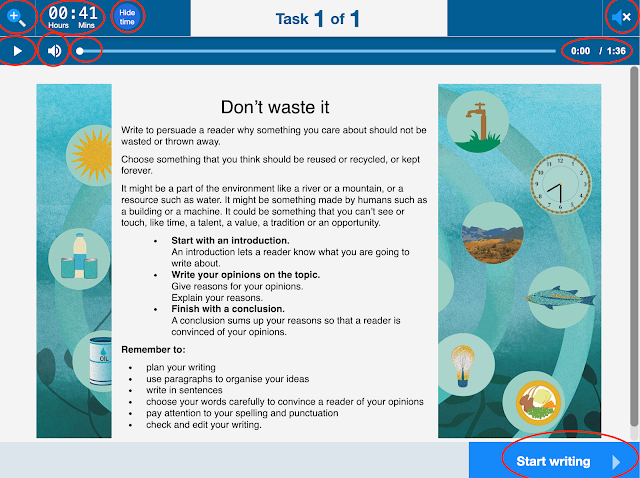




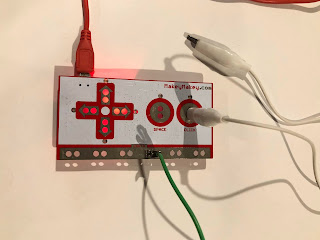
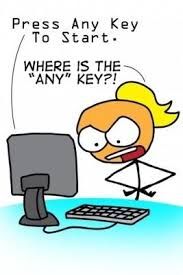

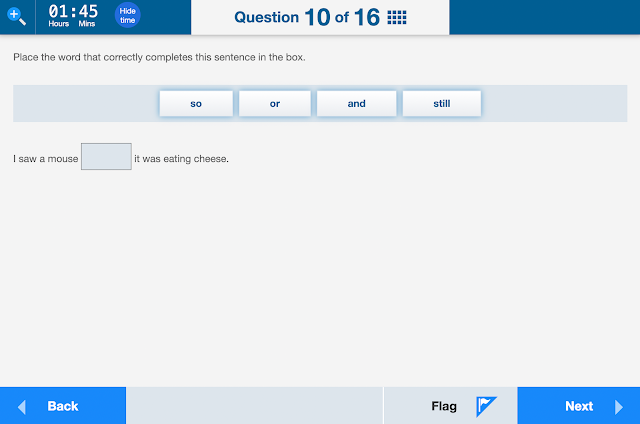
Comments
Post a Comment